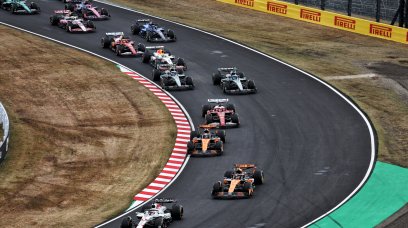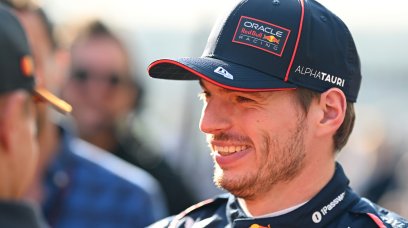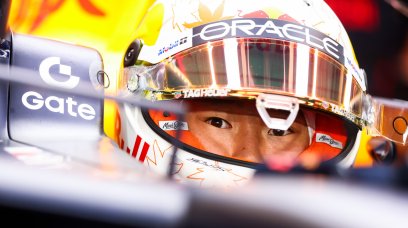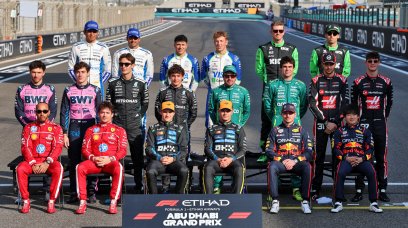Ferrari and Red Bull started to show themselves in the first two free practice sessions of the Bahrain GP, but they haven't shown everything yet. It was interesting to note how in both cases the performance limit has not yet been reached. In the case of Ferrari, power unit use was limited, as was the fuel load on board, which was higher than necessary for the qualifying simulations. Red Bull also elected to run with higher fuel loads, with both teams trying to keep the top performances still covered. Nonetheless, a common fact emerged for the RB19 and the SF-23, regarding the ride heights. In fact, both used a set-up with a very low rear end to increase the load generated by the floor's Venturi channels. As a consequence of the lower ride heights, there was frequent bottoming of the floor against the asphalt, which was obvious by the production of a trail of sparks both on the unevenness of the asphalt and due to the car's porpoising oscillations (more evident in the case of the SF-23). This porpoising effect also manifested itself in the fast corners, which caught out Ferrari's Carlos Sainz in a big way.
Both the Ferrari SF-23 and the Red Bull RB19 have adopted a very low ride height. The floor placed at a height from the ground, when stationary, is around 5 mm lower than rival car, to increase the load generated.
Red Bull and Ferrari pushing the limits
In the Sakhir paddock, prior to the second session, word had spread, also fuelled by rumours that had already emerged after the tests, that Red Bull would have had to raise the RB19 floor, as the bumps on the asphalt would have caused excessive wear on the plank, potentially wearing the plank to a minimum thickness lower than the allowable amount, but also potentially causing damage to the carbon floor and having repercussions on the mechanical elements inside. Apparently, Red Bull's decision to adopt ride heights around 5mm less than its rivals seems to have been maintained and, in principle, the decision was also shared by Ferrari. After the first stint of FP2, the inspection of any damage to the floor of Leclerc's car carried out by the Scuderia mechanics, gave a "fortunately" negative result.
Most read







